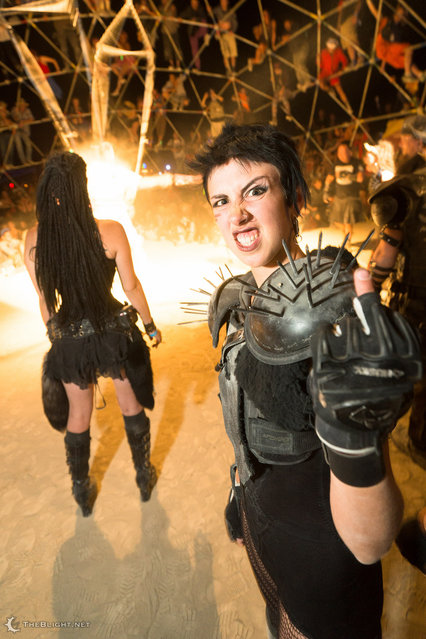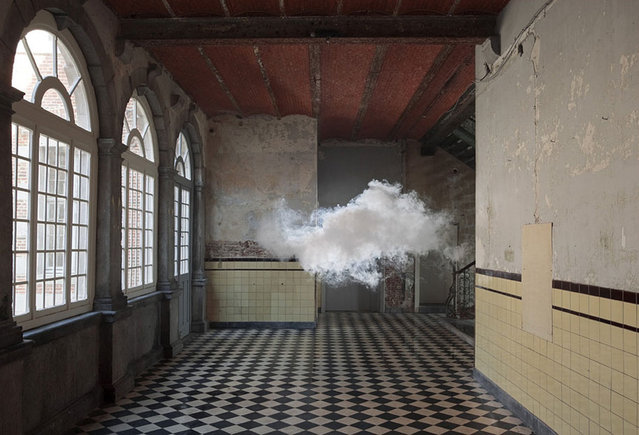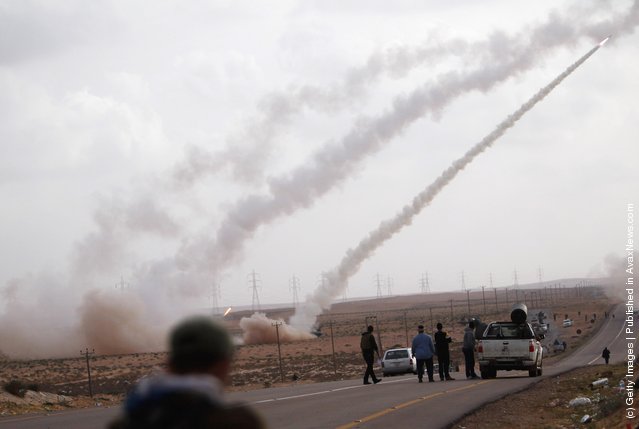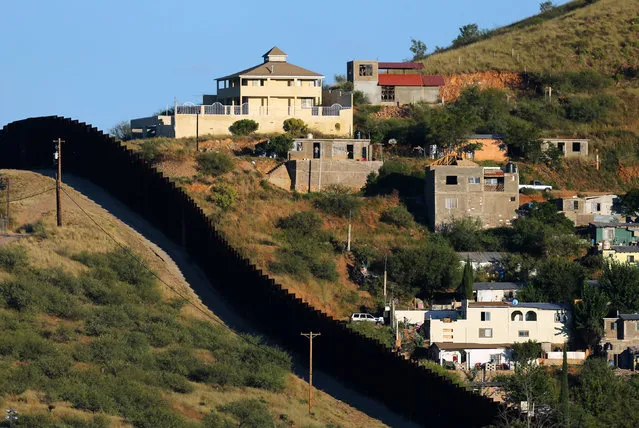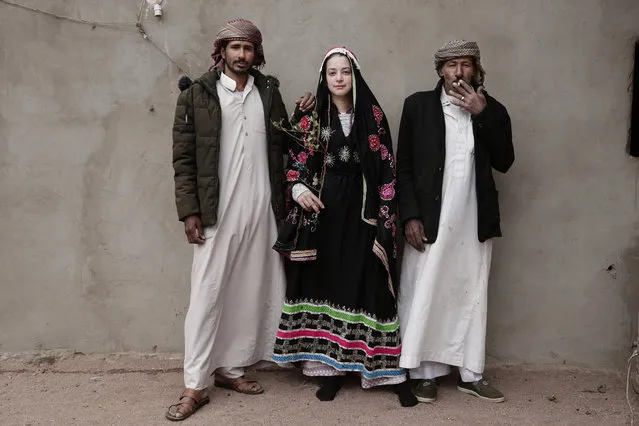
Dutch driver Hans Jos Liefhebber on his KTM drives next to a seal during the fifth stage of the 2018 Dakar Rally, between San Juan de Marcona and Arequipa, on the beach of Puerto Lomas, Peru, 10 January 2018. The 2018 Dakar says goodbye to the dunes with its fifth and final stage over the Peruvian desert and begins to take height as it enters the Andean mountain range, heading for Bolivia. (Photo by David Fernandez/EPA/EFE)
17 Jan 2018 07:50:00,post received
0 comments

